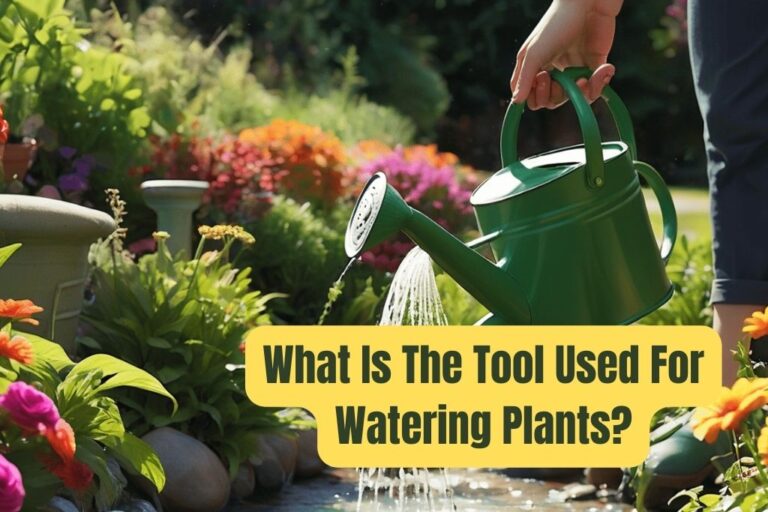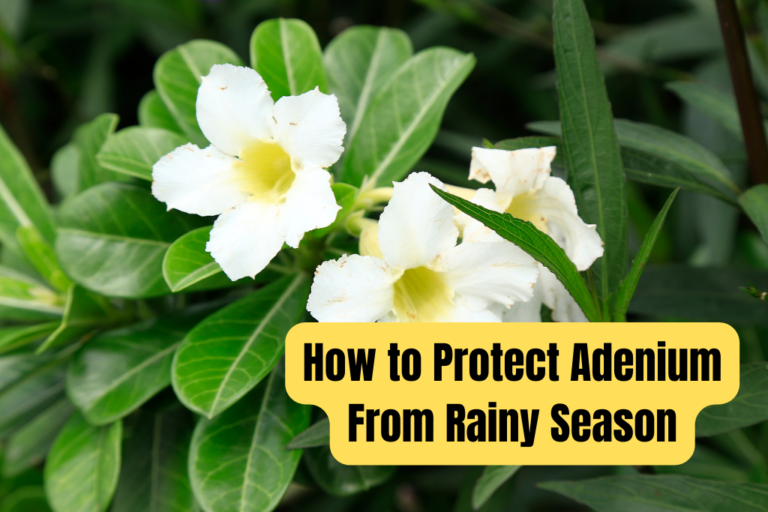The Benefits of Using Leaf Mould in Your Garden
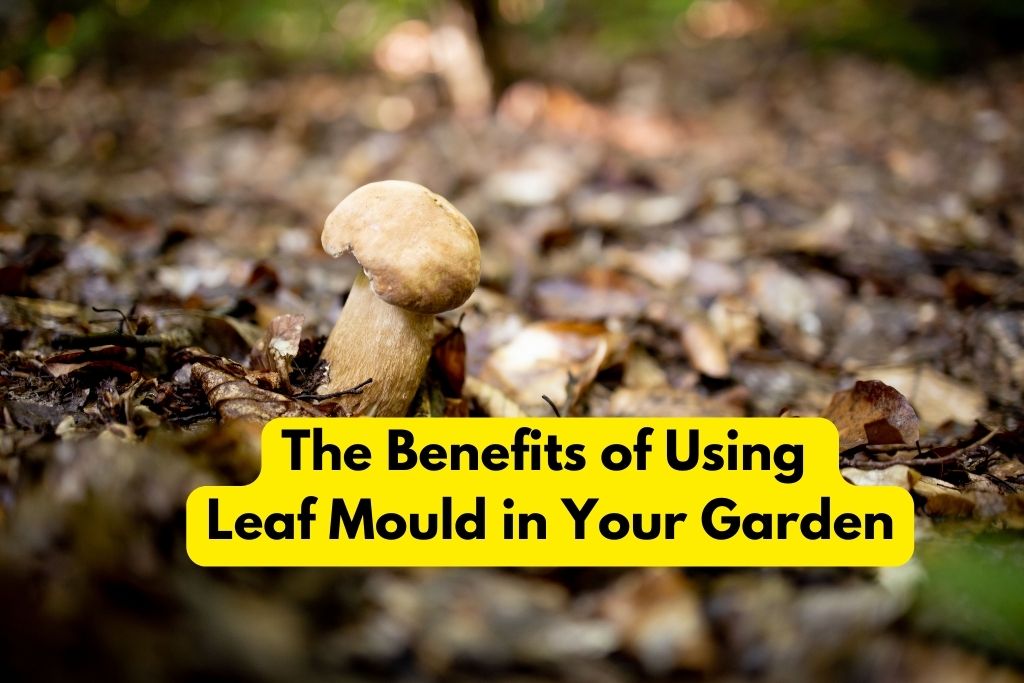
Gardeners are always searching for the perfect amendment to improve their garden’s soil health, and leaf mould is a fantastic choice. Leaf mould is a soil conditioner that can improve soil structure, nutrient availability, and water retention. Additionally, it can help suppress weeds and provide organic mulch for the garden. In this article, we will discuss the benefits of using leaf mould in your garden and how to make your own.
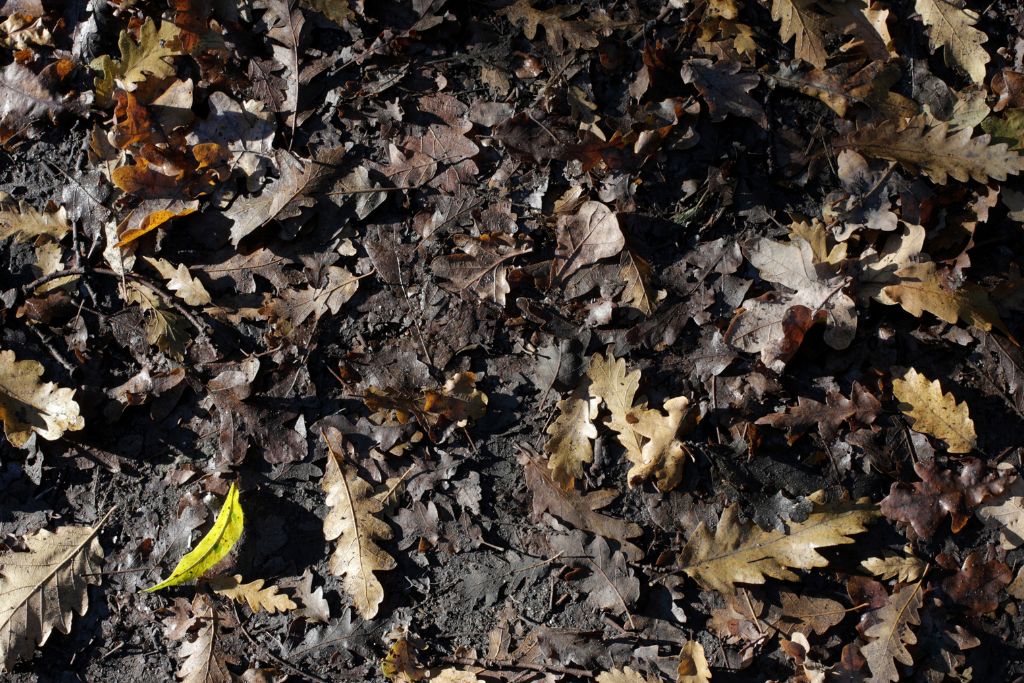
What is Leaf Mould?
Leaf mould is a natural soil amendment that is made from decomposed leaves. When leaves fall from trees in the autumn, they decompose over time, breaking down into a dark, crumbly substance that is rich in nutrients. This substance is known as leaf mould and is an excellent soil conditioner for any garden.
Benefits of Using Leaf Mould in Your Garden
Improves Soil Structure
Leaf mould improves soil structure by adding organic matter to the soil. It helps to improve soil aeration, which allows roots to grow more efficiently and improves drainage, preventing waterlogging. Additionally, leaf mould can help to reduce soil compaction, making it easier for roots to penetrate the soil.
Increases Nutrient Availability
Leaf mould is a rich source of nutrients that can be used by plants. As it breaks down, it releases nutrients such as nitrogen, phosphorus, and potassium, which are essential for plant growth. By adding leaf mould to the soil, you are increasing the availability of these nutrients, which can lead to healthier plants and higher yields.
Enhances Water Retention
Leaf mould can help to retain water in the soil, which is especially useful in dry climates. The organic matter in leaf mould can hold up to five times its weight in water, helping to keep the soil moist and reducing the need for frequent watering.
Suppresses Weeds
Leaf mould can help to suppress weeds by creating a natural mulch layer on top of the soil. This mulch layer prevents weed seeds from germinating and can also help to smother existing weeds. By using leaf mould as a mulch, you can reduce the amount of time and effort needed for weeding.
Provides Organic Mulch
Leaf mould can also be used as an organic mulch for the garden. It can help to regulate soil temperature, preventing it from getting too hot or too cold. Additionally, it can help to reduce soil erosion and can provide a protective layer for plant roots.
How to Make Leaf Mould
Making your own leaf mould is easy and requires minimal effort. Here are the steps to follow:
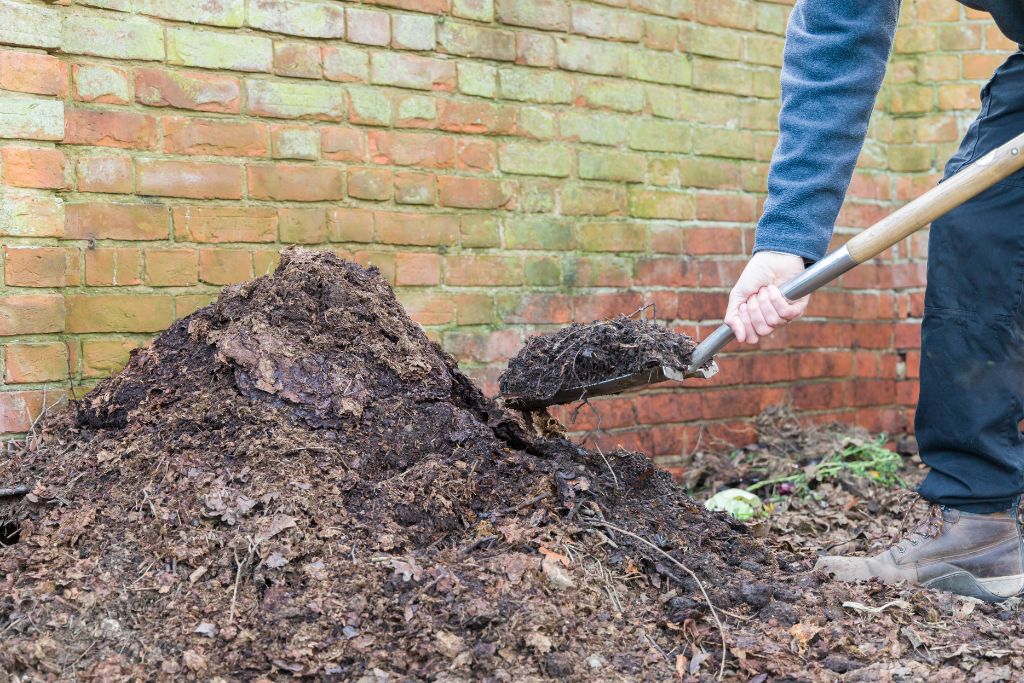
- Rake up fallen leaves in the autumn and pile them in a designated area.
- Wet the leaves down with a hose or watering can.
- Cover the pile with a tarp or other material to keep the leaves moist.
- Leave the pile to decompose over time. It may take several months to a year for the leaves to break down completely.
- Once the leaves have broken down into a dark, crumbly substance, the leaf mould is ready to use.
Conclusion
Leaf mould is a fantastic soil amendment that can improve soil structure, increase nutrient availability, enhance water retention, suppress weeds, and provide an organic mulch for the garden. Making your own leaf mould is easy and requires minimal effort, making it an excellent choice for any gardener. By using leaf mould in your garden, you can improve soil health, reduce the need for watering and weeding, and create a healthier, more vibrant garden.
FAQs
- Is leaf mould suitable for all types of soil? Yes, leaf mould can be used on any type of soil, including sandy, clay, and loamy soil.
- Can I add leaf mold directly to the soil or should I mix it with other amendments? Leaf mould can be added directly to the soil as a soil amendment or used as a mulch on top of the soil. If you want to mix it with other amendments, such as compost, you can do so to create a richer soil mixture.
- How often should I apply leaf mould to my garden? Leaf mould can be added to your garden at any time of the year, but it’s best to do so in the autumn when leaves are falling from the trees. You can apply it once a year or as needed, depending on the health of your soil and the needs of your plants.
- Can I buy leaf mould or do I need to make it myself? You can buy leaf mould from garden centres or nurseries, but making your own is a cost-effective and sustainable option.
- Can leaf mould attract pests or diseases? As with any organic material, there is a chance that leaf mould can attract pests or diseases. However, if you make sure to properly decompose the leaves and avoid adding any diseased or pest-infested leaves to the pile, the risk is minimal.
Overall, using leaf mould in your garden can provide a range of benefits for your soil and plants. By making your own leaf mould, you can create a sustainable source of soil amendment and mulch that can improve your garden’s health and beauty. So, start gathering those leaves and make your own leaf mould today!
Content are generated with AI, fact checked by editorial team.
Hi there! My name is Aaron and I am a gardening expert from the United States. I have always had a passion for gardening and have been practicing it for years. I have gained extensive knowledge and experience in gardening.



